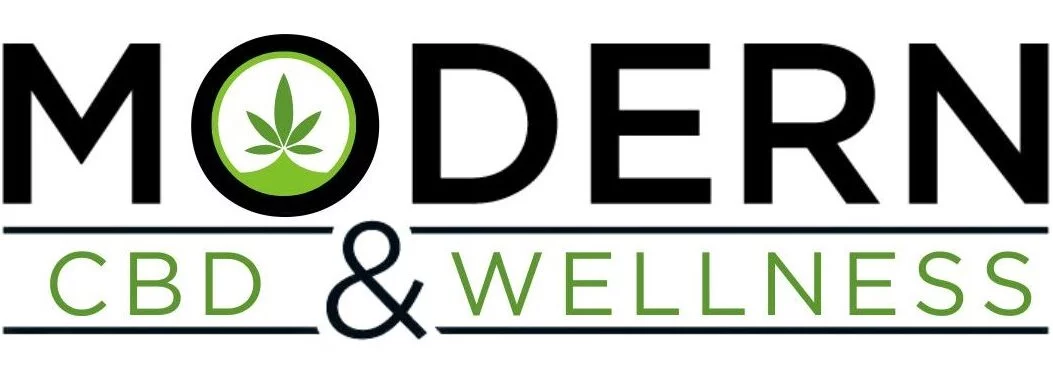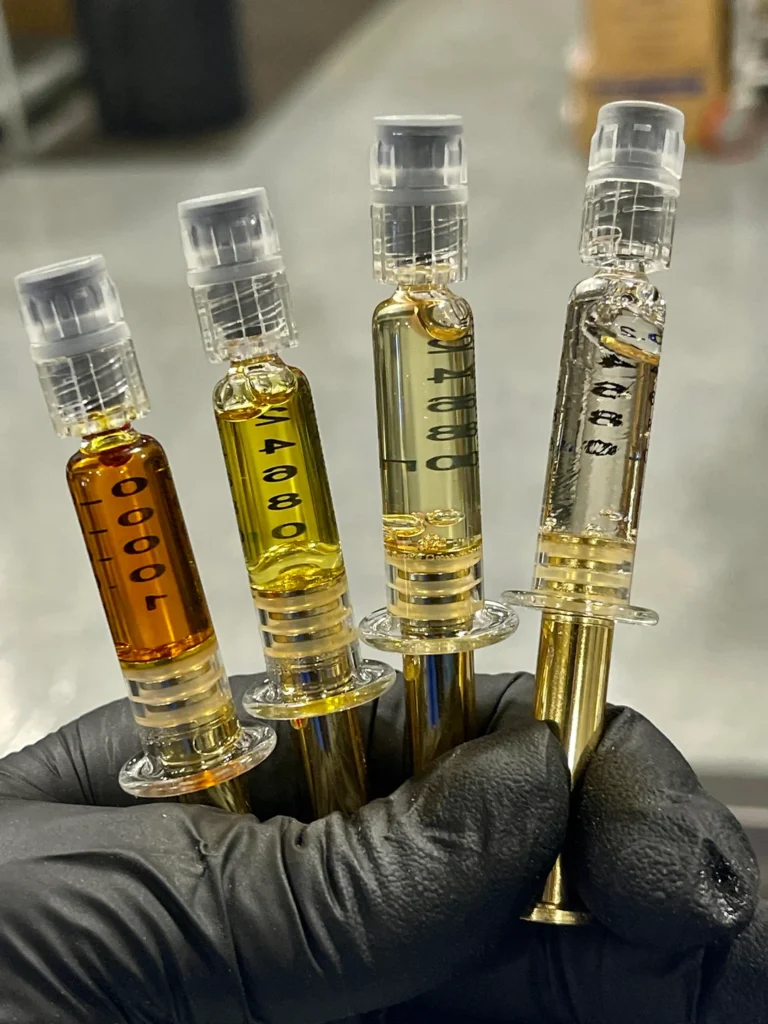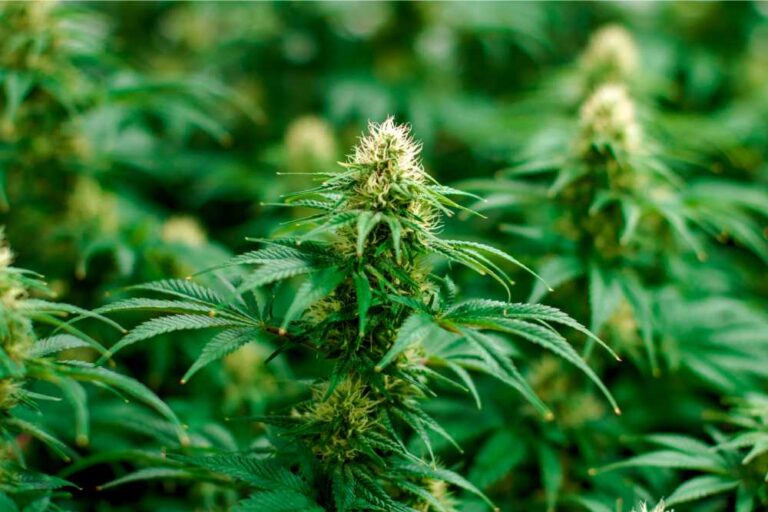What Is A High Level Of Delta-9 THC In Blood
Delta-9 tetrahydrocannabinol, better known as Delta-9 THC, is the main psychoactive substance in cannabis. Once it’s consumed—whether by smoking, vaping, or eating—it travels into the bloodstream and becomes traceable through different types of drug tests. A high level of Delta-9 THC in the blood typically signals recent and possibly heavy cannabis use, which can impair mental clarity and physical coordination. Knowing what qualifies as a high level is important not only for healthcare providers but also for individuals undergoing testing in legal, employment, or clinical scenarios.
Understanding THC Blood Levels
Delta-9 THC levels are expressed in nanograms per milliliter (ng/mL) of blood. Although the definition of a “high” level can change depending on the testing purpose—such as for legal limits, medical analysis, or signs of impairment—a common reference point is that anything over 5 ng/mL is often viewed as elevated in places that test blood to gauge driving ability. Still, this figure isn’t globally recognized, and some regions have zero-tolerance rules or use different benchmarks depending on why the test is being done.
Factors Influencing Blood THC Levels
The concentration of Delta-9 THC in the blood is affected by a variety of factors. These include how the THC is consumed, how much is taken, the individual’s metabolism, how often they use cannabis, and their body fat percentage. Inhalation generally causes THC levels in the blood to rise quickly, often peaking within minutes, while consuming edibles results in a slower onset that tends to last longer. People who use THC frequently may retain traces of it in their bloodstream for extended periods, even when they are no longer experiencing its effects. This can make it difficult to accurately interpret blood THC levels and to determine whether someone has used recently or has a history of regular use.

Legal and Medical Implications of High THC Levels
Elevated levels of Delta-9 THC in the bloodstream can pose serious legal consequences, particularly in areas with strict cannabis regulations or where impaired driving laws are firmly enforced. Some jurisdictions impose penalties for any detectable amount of THC, while others focus on whether the level present indicates actual impairment, often using a specific threshold as a guideline. Medically, high THC concentrations may be a factor in emergency evaluations when a patient presents with unusual behavior or confusion, and they are also considered in the diagnosis and treatment of conditions such as cannabis hyperemesis syndrome.
Conclusion
What qualifies as a high Delta-9 THC level varies depending on the situation, but a concentration above 5 ng/mL is frequently cited as a marker of impairment in legal and clinical contexts. As cannabis continues to gain traction for both therapeutic and recreational use, recognizing how THC interacts with the body is essential for safe consumption, reliable testing practices, and making informed decisions within healthcare systems and legal frameworks.






